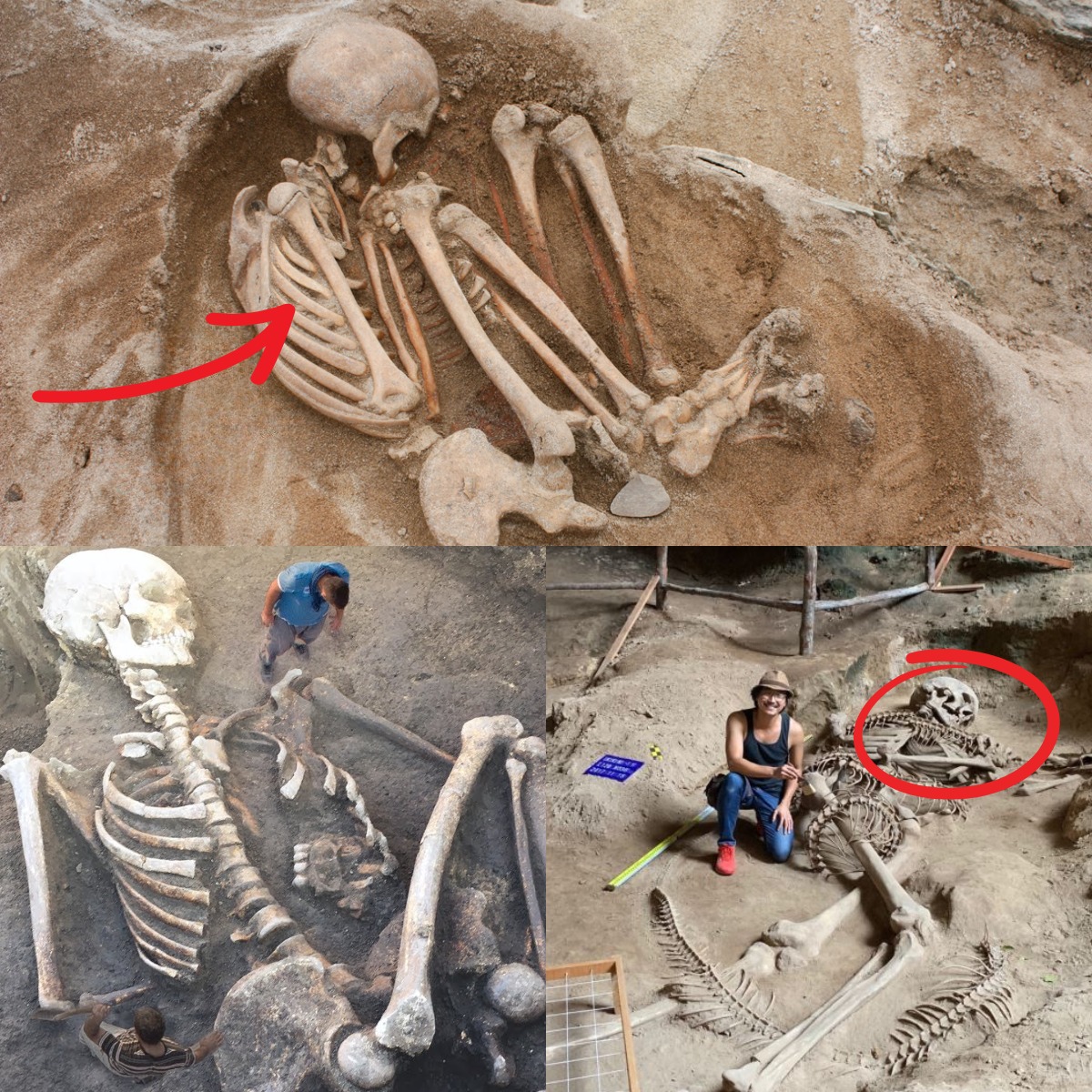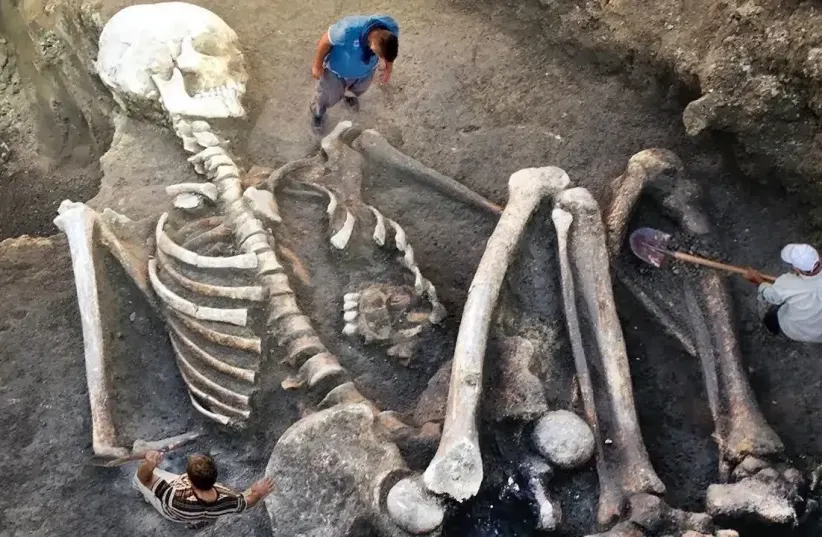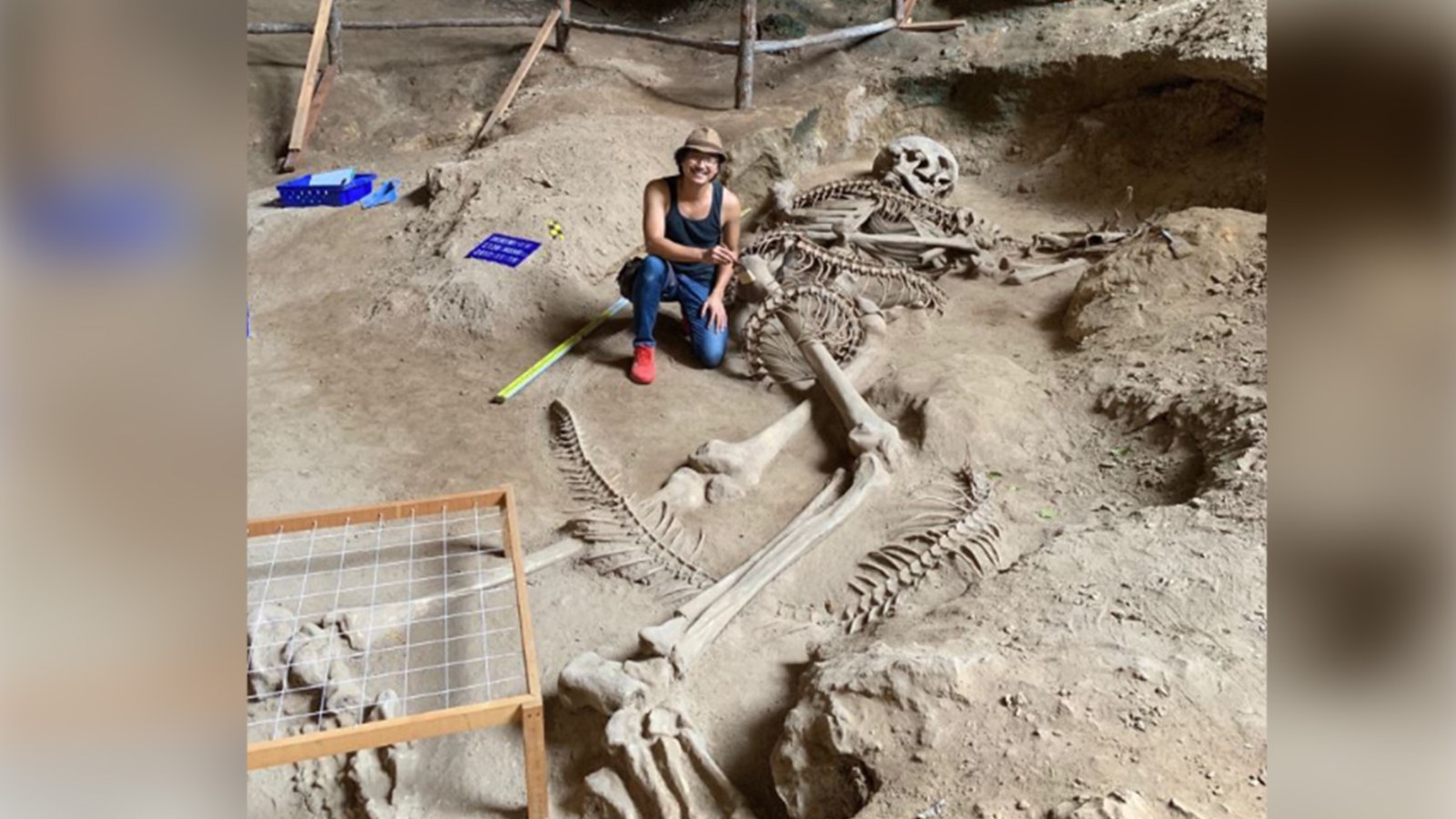In 2004, the discovery of an ancient skull on Saudi Arabia’s coast became a landmark find in human history.
The claim that an ancient skull was discovered on Saudi Arabia’s coast in 2004 is a widely circulated piece of misinformation. While the Arabian Peninsula is a critical region for understanding early human migration, there is no record of a landmark discovery of an ancient skull in Saudi Arabia in that year. This specific detail appears to be a fabrication, often associated with a different, and very real, archaeological find.

A truly landmark discovery that provides a stunning glimpse into human history in the Arabian Peninsula was not an ancient skull, but a fossilized finger bone. In 2018, researchers announced the discovery of a finger bone from an early Homo sapiens at the Al Wusta archaeological site in Saudi Arabia. This fossil was dated to approximately 85,000 to 90,000 years ago, making it the oldest known Homo sapiens fossil found outside of Africa and the Levant.

This discovery is a landmark find because it rewrote a key chapter in human history. It provides strong evidence that early humans migrated out of Africa much earlier than previously believed, and that they traveled along a “Green Arabia” route, which was once a lush, verdant landscape with rivers and lakes. This find, a small bone in a vast desert, has helped to redefine our understanding of the timelines and paths of human migration, proving that the Arabian Peninsula was not a desolate barrier but a vital corridor for our ancestors.
